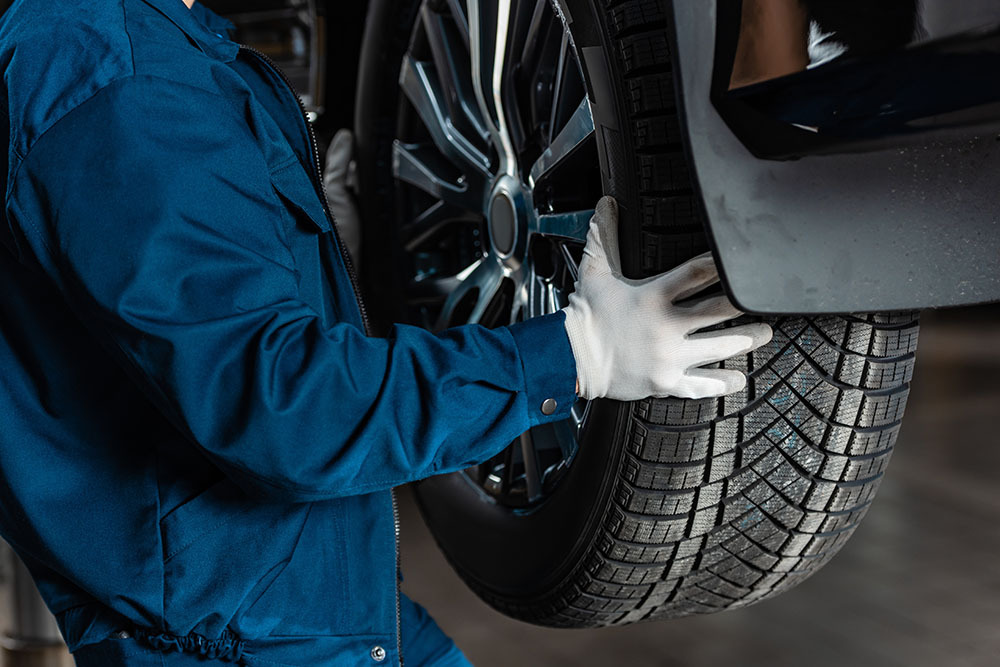TIRE TIPS

THE MOST COMMON TIRE PROBLEMS AND HOW TO FIX THEM: A TROUBLESHOOTING GUIDE
There is no doubt that with the design of automobiles, tires have to withstand many things. For example, your vehicle’s tires must endure constant contact with road surfaces that could lead to tire wear and punctures. And let’s also remember that car tires typically bear the automobile’s weight, making tire problems rampant in most cases. So, to avoid compromising your safety while riding on the highway or a rough road with potholes, we have compiled the most common tire problems. You will also know how to fix these tire problems, so keep reading.
Old Tires
All experienced drivers know this one fact: all vehicle tires are bound to wear out naturally at some point, hence the need for new tires for replacement. The uneven wear patterns on the old tires due to misalignment and low tire pressure make them unable to grip the road surface properly during a ride. The result is compromised braking and maneuvering quality which can be catastrophic. You can identify degraded tire tread by regularly checking your vehicle’s tread depth to know the legal minimum level of wear. Fixing old tires is mainly through tire replacement.
Overinflated or Underinflated Tires
Underinflation and overinflation are also among the most common tire problems. Maintaining the appropriate tire pressure is an essential car maintenance practice. In most cases, this is usually according to the manufacturer’s recommendations. Therefore, follow the manufacturers’ instructions and recommendations to avoid having underinflated tires or overinflated tires. Please note that overinflation often increases the probability of tire blowout, while underinflation often leads to premature wear patterns of your tires’ shoulders.
What About Bulges and Cracks?
The primary cause of bulges in car tires is impact damage. On the other hand, cracks mainly emanate from degradation, age, and UV rays. The probability of your tire developing bulges increases when you drive your car over bumps and potholes at high speeds. In addition, overinflated tires and underinflated tires are other risk factors for bulges and cracks. A professional mechanic’s advice can help, but severe cracks and bulges might demand tire replacement.
Misalignment
Have you ever heard of camber wear? Camber wear is among the most common signs of misaligned vehicle tires. Since the tires wear out more on one side due to misalignment, try running your fingers over the tire. This simple test helps you feel if the tire rubber is excessively worn out on one side. However, seeing or identifying this kind of tread wear can be challenging. Try also to look out for signs of a crooked steering wheel.
Punctures
Don’t allow tire punctures to be a nuisance anymore. Punctures have many signs, including the following.
- A significant difference in the vehicle’s operation
- The automobile pulling to one side when driving, which can damage the tire’s sidewall
A puncture means a loss of tire pressure primarily due to screws, nails, broken glass, or other road debris. Consult a tire specialist to help you with any form of puncture, including damage on the sidewall.
So has your automobile experienced any of the above common tire problems like bulges and cracks, misalignment, punctures, tread wear., etc.? The recommendation is to contact TreadNation and let our tire experts help boost your driving experience.

